Unmissable Sights: What to See in Washington D.C.
Washington D.C., the capital of the United States, is not just a city of political power but also a treasure trove of history, culture, and art. With its iconic landmarks, world-class museums, and vibrant neighborhoods, the city offers a rich tapestry of experiences that cater to every kind of traveler. From the majestic monuments that grace the National Mall to the hidden gems scattered across its many districts, Washington D.C. is a destination that promises both awe and discovery. Whether you’re a history buff, an art lover, or simply someone looking to soak in the beauty of the capital, this guide will take you through the unmissable sights of this fascinating city.
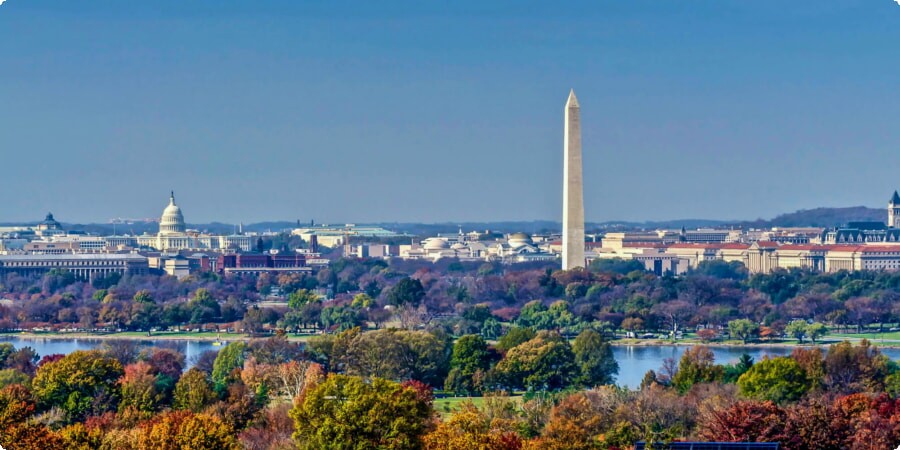
The National Mall: America’s Front Yard
The National Mall is the epicenter of Washington D.C., stretching from the Lincoln Memorial on the west end to the U.S. Capitol on the east. This iconic expanse is home to some of the most recognizable landmarks in the country.
The Washington Monument stands tall at 555 feet, offering panoramic views of the city from its observation deck. Constructed in honor of the nation’s first president, it is a symbol of the country's history and resilience. Nearby, the Lincoln Memorial pays tribute to Abraham Lincoln, featuring a colossal statue of the 16th president gazing over the Reflecting Pool, which mirrors the monument's grandeur.
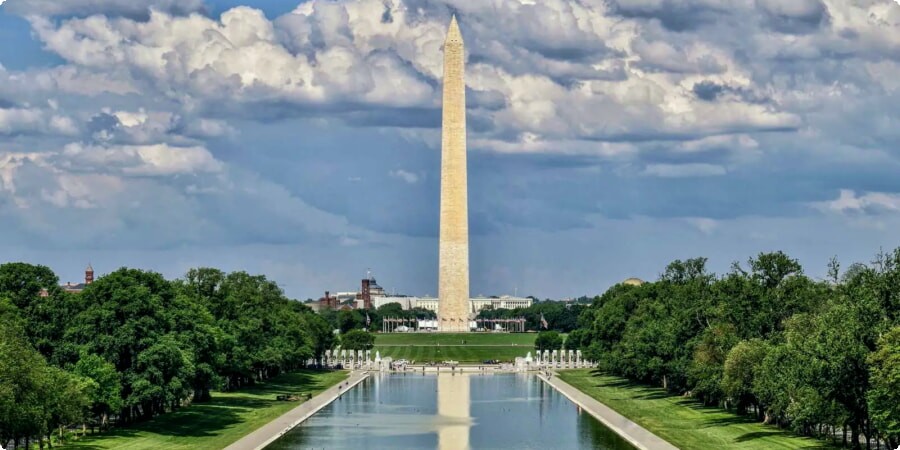
The World War II Memorial, located at the eastern end of the Reflecting Pool, is another poignant site, honoring the 16 million who served in the American armed forces during the war. The Korean War Veterans Memorial and the Vietnam Veterans Memorial, with its poignant black granite wall etched with the names of over 58,000 fallen soldiers, are also located along the Mall, providing a place of reflection and remembrance.

For those wanting to explore these landmarks with ease, consider booking a sightseeing tour with a local guide here. This allows for a deeper understanding of the rich history and significance of these monuments.
Explore the National Mall on Google Maps.
Iconic Monuments and Memorials
Washington D.C. is renowned for its impressive array of monuments and memorials, each telling a story of the nation's past and its enduring legacy. The Jefferson Memorial, dedicated to Thomas Jefferson, the principal author of the Declaration of Independence, is a neoclassical masterpiece. Situated on the Tidal Basin, it is especially stunning during the cherry blossom season.
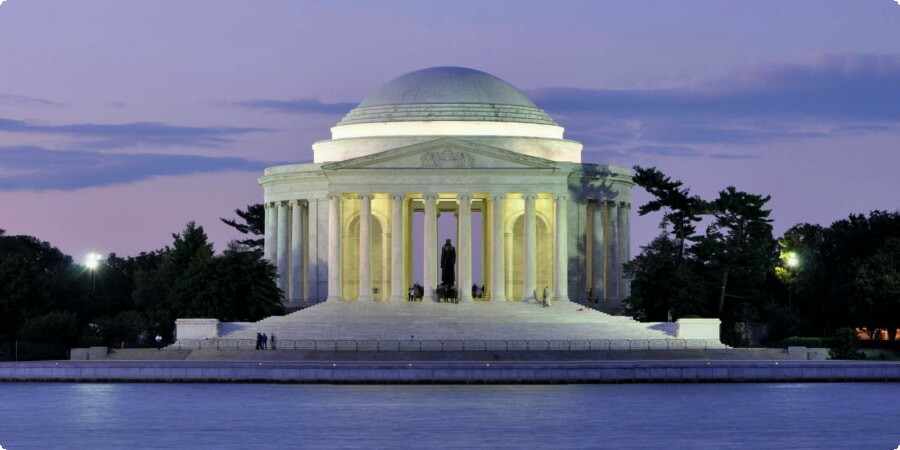
The Martin Luther King Jr. Memorial is a powerful tribute to the civil rights leader, featuring a 30-foot-tall granite statue of Dr. King emerging from a “Stone of Hope.” This memorial is a testament to the ongoing fight for equality and justice.
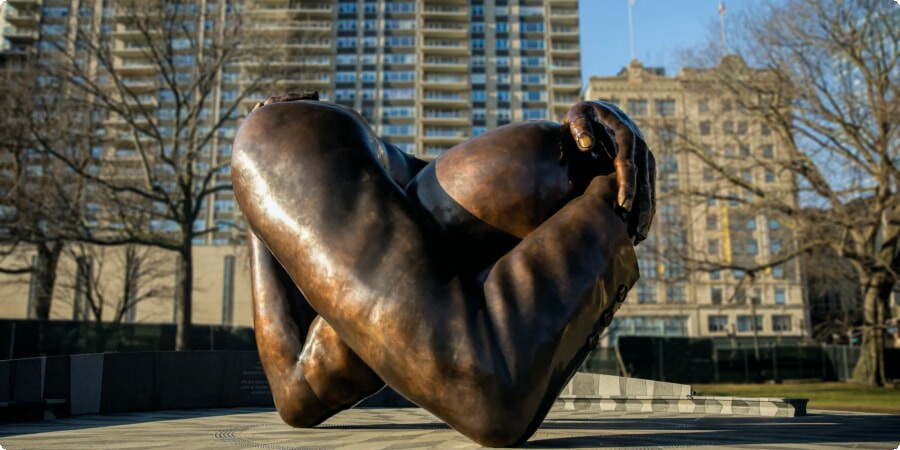
Nearby, the Franklin Delano Roosevelt Memorial sprawls over seven acres, offering a detailed portrayal of FDR’s four terms in office through sculptures, quotes, and water features. The World War II Memorial is another highlight, with its 56 pillars representing the U.S. states and territories that participated in the war effort.
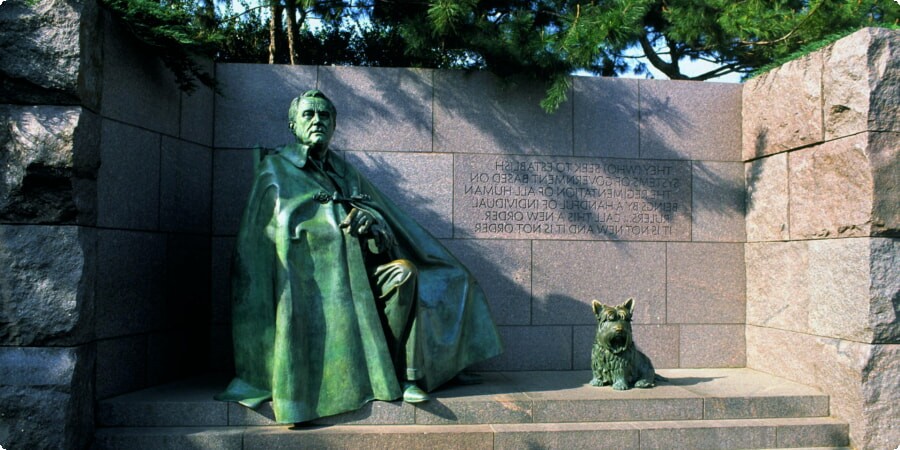
For a comprehensive view of these monumental sites, check out the guided tours available here.
Visit the Jefferson Memorial on Google Maps.
The Smithsonian Institution: Museums for Every Interest
No visit to Washington D.C. would be complete without exploring the Smithsonian Institution, a collection of 19 museums, galleries, and a zoo. This remarkable institution offers free admission, making it an accessible and enriching experience for all visitors.

The National Museum of American History houses an extensive collection that showcases the diverse history of the United States, from the Star-Spangled Banner to First Ladies' inaugural gowns. The National Air and Space Museum is another must-see, featuring historic aircraft and spacecraft, including the Wright brothers’ plane and the Apollo 11 command module.
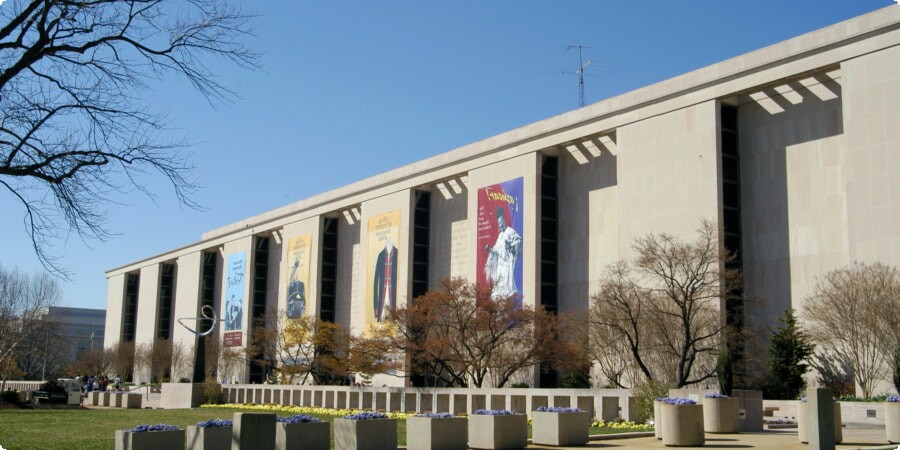
For art enthusiasts, the Smithsonian American Art Museum and the National Portrait Gallery offer an impressive collection of American art and portraits of significant figures in U.S. history. The National Museum of Natural History is also a highlight, home to the famous Hope Diamond and a fascinating array of exhibits on natural wonders and prehistoric life.
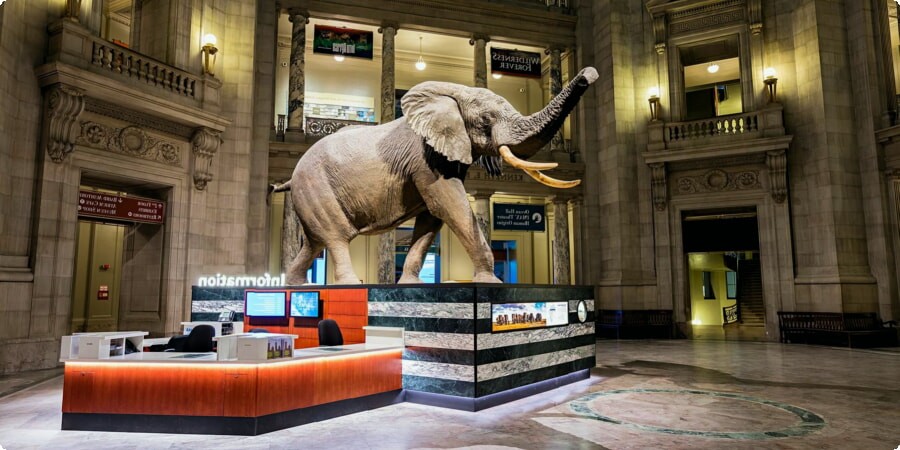
Explore the Smithsonian Institution on Google Maps.
The U.S. Capitol and Political Landmarks
The U.S. Capitol, with its iconic dome, is the seat of the United States Congress and a symbol of American democracy. Visitors can take guided tours of the Capitol Building, where they’ll learn about the legislative process and the building's architectural splendor.
The White House, located at 1600 Pennsylvania Avenue, is the residence and office of the President of the United States. Although tours of the interior require advance arrangements through congressional offices, visitors can still view the exterior and explore the nearby White House Visitor Center for more information on its history.
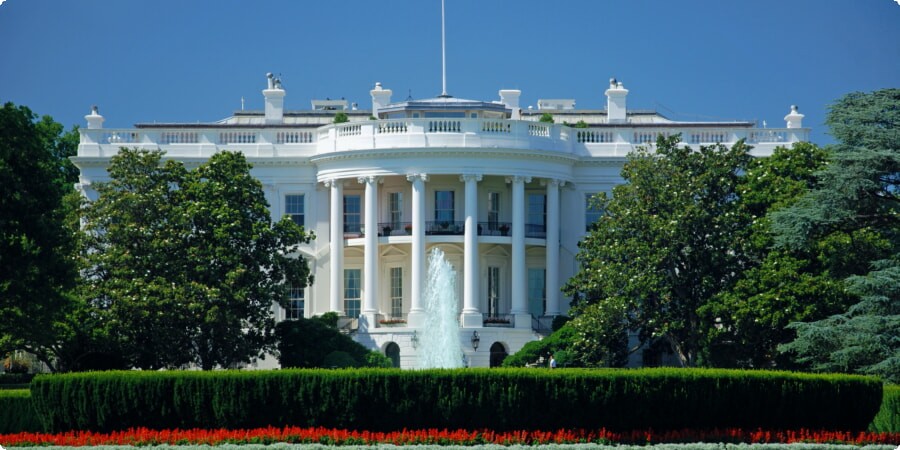
The Supreme Court Building is another significant site, where visitors can attend lectures and, when the Court is in session, hear arguments in the nation's highest court. The Library of Congress, the largest library in the world, offers free tours that highlight its stunning architecture and vast collections, including the Gutenberg Bible.
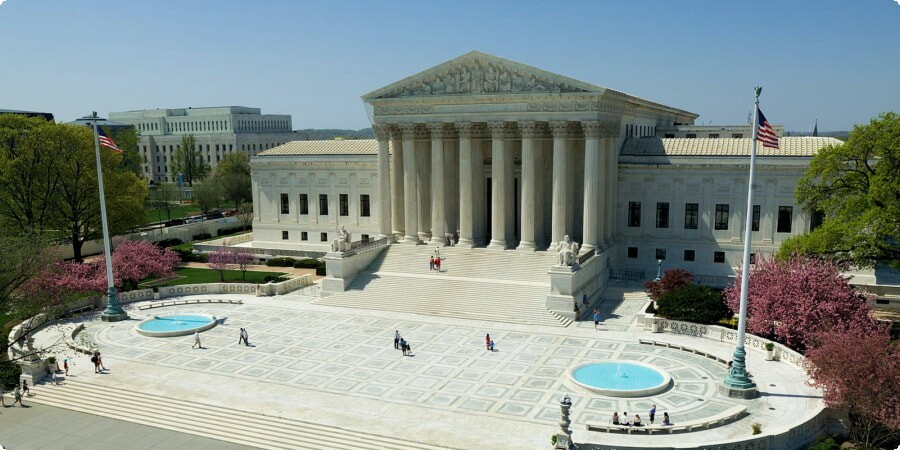
For a guided exploration of these pivotal landmarks, check out the local sightseeing tours here.
Find the U.S. Capitol on Google Maps.
Cultural Hotspots: Theaters, Galleries, and More
Washington D.C. boasts a vibrant cultural scene, with numerous theaters, galleries, and cultural institutions offering a rich array of experiences. The John F. Kennedy Center for the Performing Arts is a major hub for the performing arts, hosting a diverse range of performances, including theater, dance, and concerts.
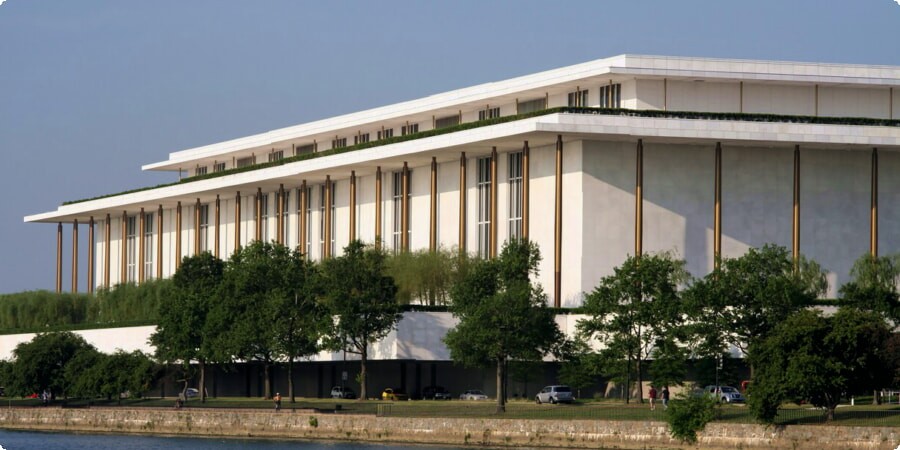
The National Gallery of Art is another cultural gem, housing an extensive collection of European and American art. Its West Building features works by masters such as Leonardo da Vinci and Vincent van Gogh, while the East Building focuses on modern and contemporary art.
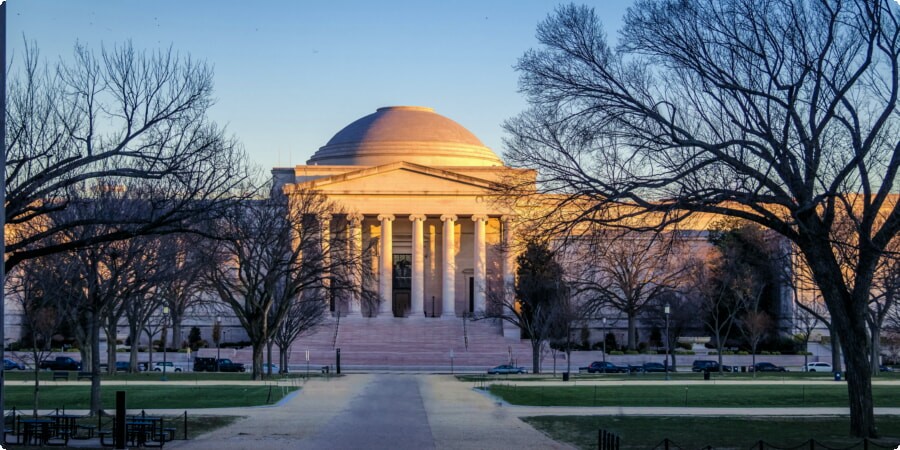
For a taste of the local art scene, the Phillips Collection in Dupont Circle offers a unique collection of modern art, including works by Renoir and Rothko. The Arena Stage and the Ford’s Theatre provide exceptional theater performances, with Ford’s Theatre also offering a museum dedicated to the life and legacy of Abraham Lincoln.

Visit the Kennedy Center on Google Maps.
Hidden Gems: Lesser-Known Attractions
Beyond the well-trodden paths of the National Mall and political landmarks, Washington D.C. is home to numerous hidden gems that offer a different perspective on the city.
The National Arboretum, a beautiful 446-acre space, offers stunning gardens, bonsai exhibits, and the famous Capitol Columns. This tranquil oasis is perfect for a leisurely stroll or a picnic.
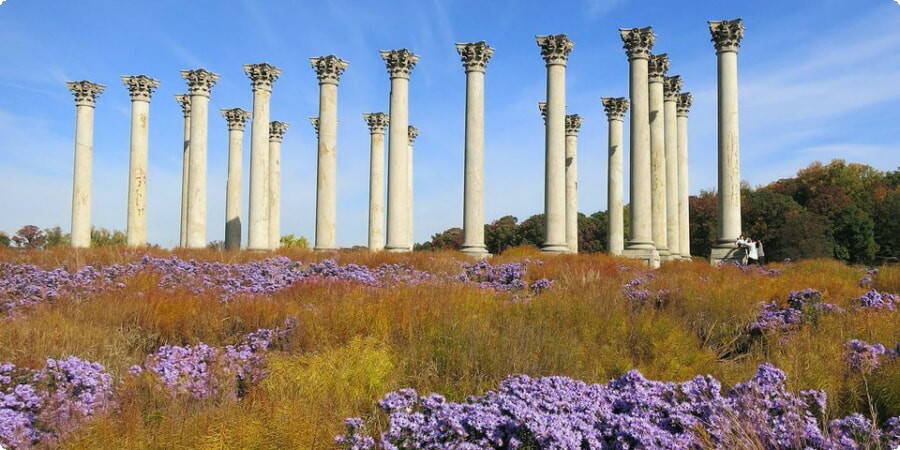
Another hidden gem is the Mansion on O Street, a quirky, labyrinthine museum and hotel filled with secret doors and eclectic collections. It’s a fascinating place to explore, offering a unique blend of art, history, and mystery.

The Hirshhorn Museum and Sculpture Garden, dedicated to contemporary art, is another excellent choice for those looking to experience cutting-edge exhibitions and installations.
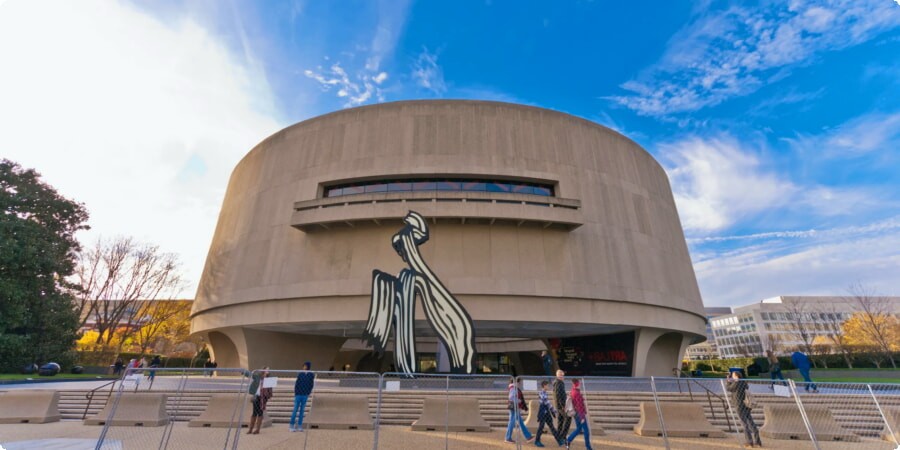
Discover the National Arboretum on Google Maps.
Green Spaces and Scenic Spots
Washington D.C. is not just about monuments and museums; it also offers a wealth of beautiful parks and outdoor spaces that provide a refreshing escape from the urban hustle.
The Tidal Basin is a scenic spot that is particularly popular during the spring when the cherry blossoms are in full bloom. It’s a great place for a leisurely walk or a paddleboat ride, with stunning views of the Jefferson Memorial and the Washington Monument.
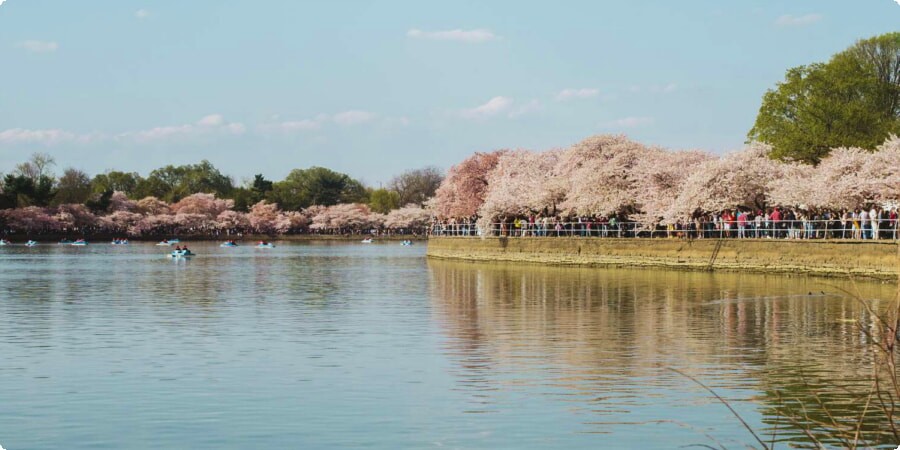
Rock Creek Park is a vast urban park that offers miles of hiking and biking trails, as well as picnic areas and historic sites such as the Old Stone House and Peirce Mill. It’s a great place to enjoy nature without leaving the city.
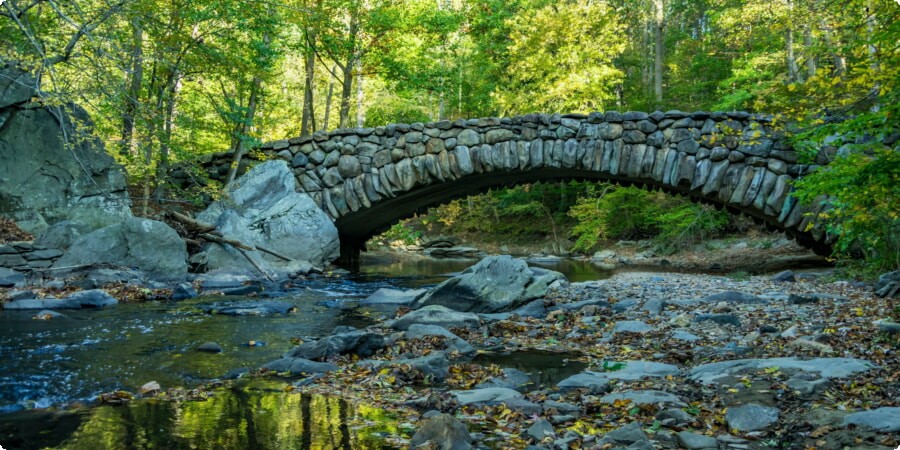
For a more curated outdoor experience, the United States Botanic Garden offers beautiful gardens and conservatories filled with exotic plants and flowers. The Kenilworth Park and Aquatic Gardens is another hidden gem, featuring beautiful water lilies and lotus blooms during the summer months.
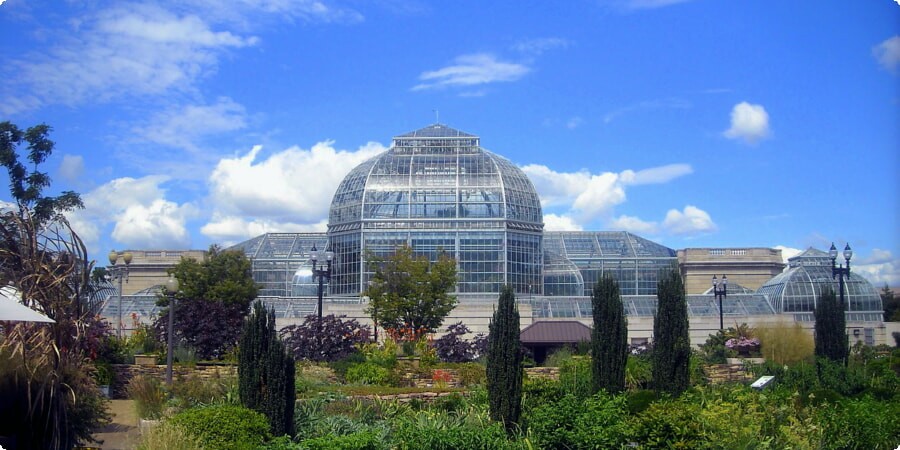
Explore Rock Creek Park on Google Maps.
Practical Tips for Visitors
Visiting Washington D.C. can be an exciting experience, and a few practical tips can help make your trip smoother and more enjoyable.
Best Times to Visit: Spring and fall are ideal for visiting Washington D.C., as the weather is pleasant, and the city is not as crowded as during the summer months. The cherry blossom season in late March to early April is particularly beautiful, drawing many visitors to the city.
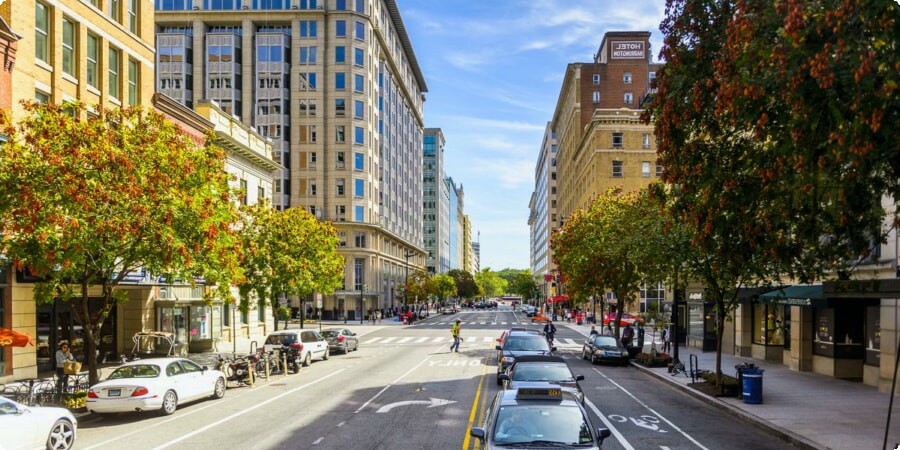
Transportation: The city’s Metrorail system is an efficient way to get around, with stops near most major attractions. Walking and biking are also great options, especially around the National Mall. If you plan to drive, be aware that parking can be challenging and expensive in some areas.
Accommodation: Consider staying in neighborhoods like Dupont Circle or Capitol Hill for a central location with easy access to attractions. For a unique experience, you might also explore staying in boutique hotels or historic inns.
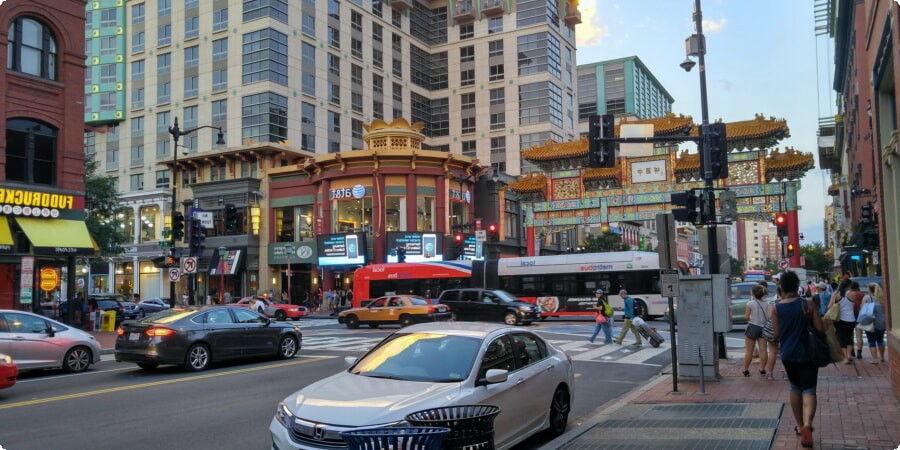
Dining: Washington D.C. offers a diverse culinary scene, from food trucks to fine dining. For a truly immersive experience, book a culinary tour here to explore the city’s rich food culture.
Safety and Accessibility: Washington D.C. is generally safe, but it’s always good to stay aware of your surroundings, especially in less busy areas. Many attractions are accessible to visitors with disabilities, and services like wheelchairs and sign language interpreters are often available upon request.
By keeping these tips in mind, you can make the most of your visit to Washington D.C. and enjoy all that this remarkable city has to offer.